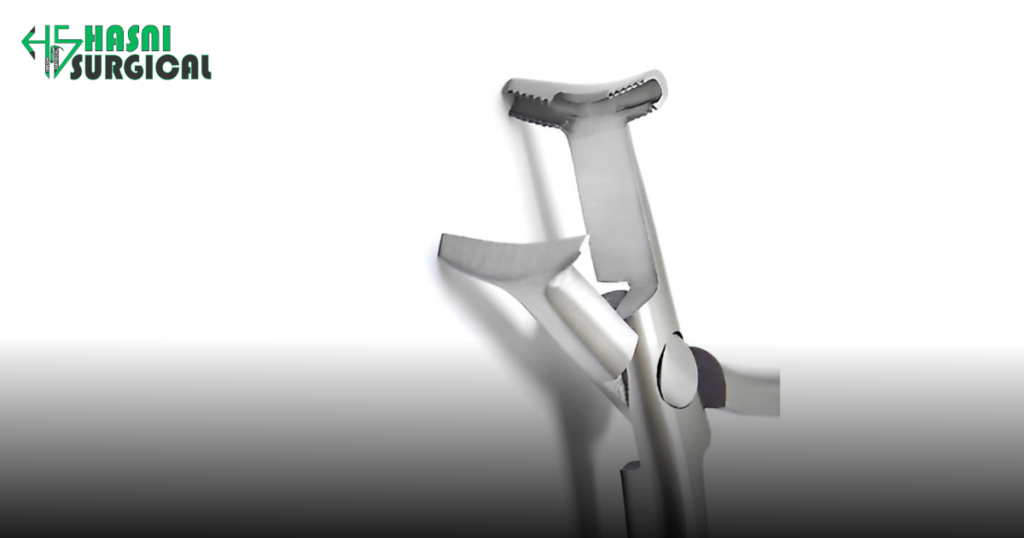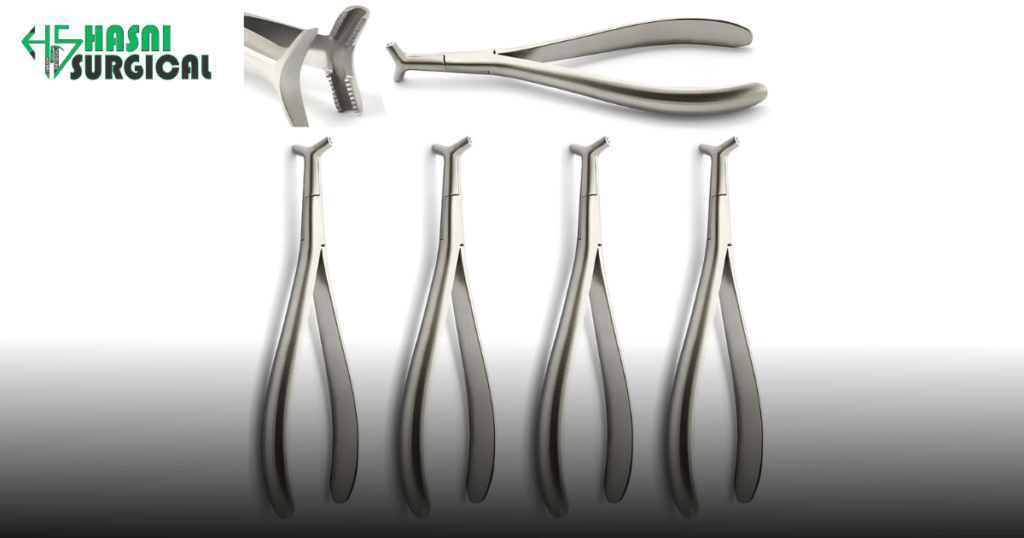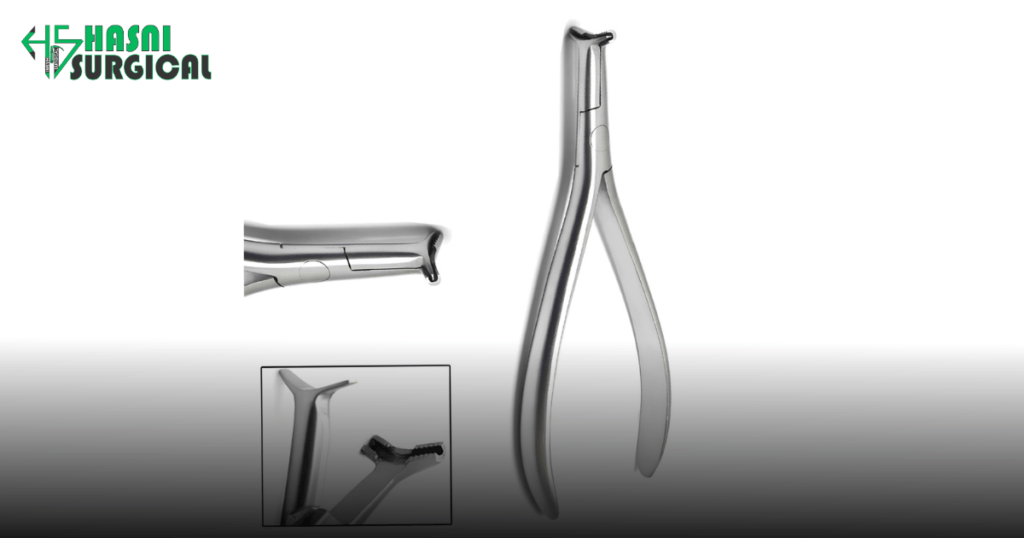pediatric dentistry: Gentle Tools for Young Patients
June 24, 2024 2024-11-21 6:40pediatric dentistry: Gentle Tools for Young Patients

pediatric dentistry: Gentle Tools for Young Patients
Pediatric Dentistry
Ensuring our children’s health is a top priority for parents worldwide. From nutritious meals to regular check-ups, we strive to give them the best start. Dental care is crucial too, impacting eating, speaking, overall health, and self-esteem at Hasni Surgical.
Visiting the dentist can be daunting for children and caregivers due to the unfamiliar environment and potential discomfort. pediatric dentistry focuses on infants, children, and adolescents, adapting to their smaller mouths, developing teeth, and emotional needs. Gentle instruments designed for children are transforming this field, making dental visits more comfortable and less stressful.
In this blog, we explore pediatric dentistry importance and the use of gentle instruments. These specialized tools, like miniature handpieces and child-friendly scalpels, promote optimal oral health and foster positive attitudes towards dental care from a young age. Join us as we uncover how these innovations are enhancing children’s dental experiences.
Also read: How Minimally Invasive Dentistry Preserves Your Smile and Health

Importance of pediatric dentistry in Ensuring Children’s Oral Health: 12 Ways
As parents, we are often meticulous about every aspect of our children’s health, and dental care is no exception. While regular dental check-ups for adults are widely recognized as essential, the significance of pediatric dentistry is sometimes overlooked or underestimated. However, pediatric dentistry plays a pivotal role in ensuring the overall health and well-being of children from infancy through adolescence. Let’s delve deeper into why pediatric dentistry is so crucial.
1. Early Intervention and Prevention
pediatric dentistry emphasizes the importance of early intervention and preventive care. By starting dental visits at an early age, typically around the age of one, pediatric dentists can monitor the growth and development of a child’s teeth and jaws. Early detection of any issues, such as tooth decay or misalignment, allows for prompt treatment, preventing the problem from escalating and potentially requiring more invasive procedures later on.
2. Educating Parents and Caregivers
Pediatric dentists not only treat young patients but also play a vital role in educating parents and caregivers about proper oral hygiene practices and dietary habits. By providing guidance on topics such as brushing and flossing techniques, fluoride use, and nutrition, pediatric dentists empower families to take an active role in maintaining their children’s oral health at home.

3. Preventing Dental Anxiety
Dental anxiety is common among people of all ages, but it can be particularly challenging for children. pediatric dentistry focuses on creating a positive and nurturing environment to alleviate the fear and anxiety associated with dental visits. Child-friendly clinics, compassionate staff, and engaging activities help children feel comfortable and at ease during their appointments, laying the foundation for a lifetime of stress-free dental care.
4. Promoting proper Habits
Habits formed during childhood often carry into adulthood, making early intervention critical for establishing proper oral hygiene habits. Pediatric dentists educate children about the importance of regular brushing, flossing, and routine dental visits. By instilling these habits from a young age, pediatric dentistry sets the stage for lifelong oral health and reduces the risk of dental issues later in life.
5. Addressing developmental concerns
Children’s mouths are continuously developing, and pediatric dentists are trained to identify and address any developmental concerns promptly. Whether it’s monitoring the eruption of primary teeth, assessing jaw growth, or evaluating the need for orthodontic treatment, pediatric dentistry focuses on ensuring proper oral development and alignment for optimal function and aesthetics.
6. Preventing Long-Term Complications
Untreated dental problems in childhood can lead to significant long-term complications, including tooth decay, gum disease, and malocclusion. pediatric dentistry aims to prevent these issues through early diagnosis, timely intervention, and comprehensive treatment plans tailored to each child’s unique needs. By addressing dental issues early on, pediatric dentists help minimize the risk of more serious complications down the road.

In essence, pediatric dentistry is not just about treating dental problems in children; it’s about laying the groundwork for a lifetime of healthy smiles. By prioritizing early intervention, preventive care, education, and creating positive dental experiences, pediatric dentists play a vital role in safeguarding the oral health and overall well-being of our youngest patients. Investing in pediatric dentistry today ensures a brighter, healthier future for our children tomorrow.
Treating young patients in a dental setting presents a myriad of challenges that require special consideration and expertise from dental professionals. Understanding and addressing these challenges is essential to providing effective care while ensuring the comfort and safety of pediatric patients. Let’s delve deeper into some of the key challenges faced by dentists when treating children:
7. Dental Anxiety and Fear:
Dental anxiety and fear are common among children and can stem from various factors, including previous negative experiences, fear of the unknown, and sensory sensitivities. Young patients may feel anxious or scared about visiting the dentist, which can lead to resistance, reluctance, or even a refusal to cooperate during dental procedures. Managing dental anxiety requires patience, empathy, and effective communication strategies to alleviate fears and build trust with the child.
8. Limited attention span and cooperation:

Children, especially younger ones, typically have shorter attention spans and may struggle to sit still or follow instructions for an extended period of time. This limited cooperation can pose challenges during dental examinations and treatments, making it difficult for dentists to perform procedures accurately and efficiently. Dental professionals must adapt their approach to accommodate children’s developmental stages and engage them in age-appropriate activities or distractions to encourage cooperation.
9. Small Mouths and Developing Dentition:
The anatomical differences between children and adults present unique challenges in pediatric dentistry. Children have smaller mouths, narrower dental arches, and developing dentition, making it challenging to access and visualize teeth and gums effectively. Dentists must use specialized instruments and techniques tailored to pediatric patients’ oral anatomy to ensure thorough examinations and precise treatments without causing discomfort or injury.
10.Sensory Sensitivities:
Children may have heightened sensory sensitivities, particularly to bright lights, loud noises, and unfamiliar sensations experienced during dental procedures. These sensory sensitivities can trigger anxiety and discomfort, leading to negative associations with dental visits. Dental professionals must create a sensory-friendly environment by minimizing sensory triggers, such as dimming lights, using quiet equipment, and providing sensory accommodations like weighted blankets or noise-canceling headphones.
11.Behavioral Management:
Managing children’s behavior during dental appointments requires skillful communication, positive reinforcement, and behavioral guidance techniques. Dentists may encounter challenging behaviors such as crying, tantrums, or refusal to open their mouths, which can impede the delivery of dental care. Employing behavior management strategies such as tell-show-do, distraction techniques, and desensitization exercises can help ease children’s anxiety and facilitate cooperation during dental procedures.
12. Parental Involvement and Education:
Parents play a crucial role in supporting their children’s oral health and fostering positive dental experiences. However, parental anxiety or misconceptions about dentistry can inadvertently impact their children’s attitudes and behaviors towards dental care. Dental professionals must engage parents as partners in their children’s oral health journey, providing education, guidance, and reassurance to promote preventive care practices and reinforce positive dental habits at home.

Treating young patients in pediatric dentistry requires a comprehensive understanding of the challenges inherent to this patient population and a tailored approach to address their unique needs. By addressing dental anxiety, promoting cooperation, adapting to developmental differences, accommodating sensory sensitivities, managing behavior effectively, and engaging parents as partners, dental professionals can overcome these challenges and provide high-quality, compassionate care to pediatric patients, ensuring optimal oral health outcomes and positive dental experiences for years to come.
Expanding on the topic of gentle instruments in pediatric dentistry reveals a profound shift in how dental professionals approach the care of young patients. These specialized tools represent more than just equipment; they symbolize a paradigmatic change towards a more compassionate, child-centric approach to dental care. Let’s delve deeper into how these gentle instruments serve as a game-changer in pediatric dentistry.

Building Trust and Confidence
Children often feel apprehensive or fearful about visiting the dentist, mainly due to their unfamiliarity with the environment and past experiences. Gentle instruments play a pivotal role in building trust and confidence by minimizing discomfort and creating a welcoming atmosphere. When children see colorful, child-friendly instruments, they are more likely to feel at ease, making the dental visit a positive and stress-free experience.
Enhancing Communication
Effective communication is essential in pediatric dentistry, as it helps dentists understand children’s needs and address their concerns. Gentle instruments, such as pediatric dental mirrors and explorers, facilitate communication by allowing dentists to visually demonstrate procedures and explain treatment steps in a child-friendly manner. These instruments serve as valuable tools for establishing rapport and alleviating anxiety, enabling a smoother and more cooperative dental experience.
Tailoring to Pediatric Anatomy
Children’s mouths are significantly different from those of adults, requiring specialized instruments that accommodate their smaller size and unique anatomy. Gentle instruments are meticulously designed to fit children’s mouths comfortably and safely, ensuring precise treatment without causing unnecessary discomfort or injury.From miniature handpieces to child-friendly scalpel blades, these instruments are tailored to meet the specific needs of pediatric patients, making dental procedures more efficient and less intimidating.

Minimizing Pain and Discomfort
One of the primary objectives of pediatric dentistry is to minimize pain and discomfort during dental procedures. Gentle instruments are engineered with features that prioritize patient comfort, such as vibration-free drills, soft prophy cups, and buffered anesthesia delivery systems. By reducing pain and anxiety, these instruments create a more positive dental experience for children and encourage regular dental visits, ultimately promoting better oral health outcomes.
Fostering Lifelong Oral Health Habits
Perhaps most importantly, gentle instruments play a crucial role in instilling lifelong oral health habits in children. By providing a positive and gentle dental experience during childhood, dentists lay the foundation for children to develop a positive attitude towards oral care and maintain good oral hygiene habits into adulthood. When children associate dental visits with comfort and care rather than fear and discomfort, they are more likely to prioritize their oral health and seek preventive care throughout their lives.

Conclusion
Gentle instruments are changing pediatric dentistry, focusing on compassion, communication, and patient-centered care. These tools create a supportive environment tailored to young patients’ unique needs. They not only improve treatment outcomes but also shape children’s attitudes towards dental care, promoting lifelong oral health.
In conclusion, pediatric dentistry is advancing to better serve young patients. Gentle instruments are pivotal, making dental visits less intimidating and fostering positive dental attitudes early on.
Prioritizing children’s comfort builds trust and promotes lifelong dental habits. Personalized care with tools like colorful mirrors and child-friendly equipment ensures effective treatments and positive experiences for young patients and their families.
Looking ahead, ongoing innovation in instrument design will further enhance pediatric dental care. Embracing these advancements ensures every child receives gentle, effective dental care, setting the stage for a lifetime of healthy smiles.

